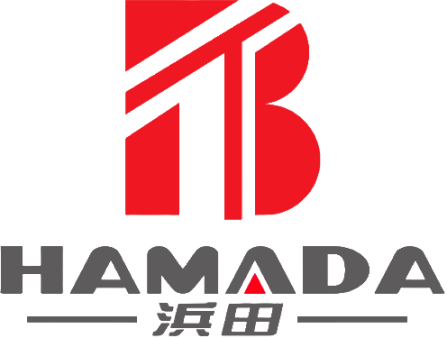What is the Gear Ratio of a Harmonic Drive? Exploring the Mechanics Behind Precision
What is the Gear Ratio of a Harmonic Drive
Harmonic drives are renowned for their ability to deliver high precision and compact design, making them a popular choice in robotics, aerospace, and industrial applications. One of the key features that sets harmonic drives apart is their exceptional gear ratio, which plays a crucial role in their performance and versatility.
The gear ratio of a harmonic drive is the ratio between the input speed (from the motor) and the output speed (to the load). What makes harmonic drives unique is their ability to achieve very high gear ratios within a relatively small and lightweight package. Typical gear ratios for harmonic drives range from 30:1 to 320:1, depending on the specific design and application requirements.
This high gear ratio is made possible by the harmonic drive’s innovative mechanism, which consists of three main components: the wave generator, the flexible spline, and the rigid circular spline. The wave generator, an elliptical cam, deforms the flexible spline, causing it to engage with the rigid spline at two points. As the wave generator rotates, it causes the flexible spline to move in a way that creates a large reduction in speed between the input and output shafts.
Because of this design, a single rotation of the input shaft results in only a small rotation of the output shaft, leading to the high gear ratio. This capability is particularly advantageous in applications where precise control and torque are critical, such as in robotic arms or high-precision positioning systems.
The versatility of harmonic drives also extends to the ability to customize gear ratios based on the specific needs of the application. Engineers can select different combinations of spline teeth to achieve the desired gear ratio, offering flexibility in design without compromising performance.
In conclusion, the gear ratio of a harmonic drive is one of its most defining features, allowing for high precision and control in a compact form. With gear ratios ranging from 30:1 to 320:1, harmonic drives are well-suited for applications that demand accuracy, reliability, and efficiency. Understanding the mechanics behind these gear ratios is essential for selecting the right harmonic drive for your engineering needs.
 English
English Español
Español Português
Português русский
русский français
français 日本語
日本語 Deutsch
Deutsch Tiếng Việt
Tiếng Việt Italiano
Italiano Nederlands
Nederlands ไทย
ไทย Polski
Polski 한국어
한국어 Svenska
Svenska magyar
magyar Malay
Malay বাংলা
বাংলা Dansk
Dansk Suomi
Suomi हिन्दी
हिन्दी Pilipino
Pilipino Türk
Türk Gaeilge
Gaeilge عربى
عربى Indonesia
Indonesia norsk
norsk اردو
اردو čeština
čeština Ελληνικά
Ελληνικά Українська
Українська Javanese
Javanese فارسی
فارسی தமிழ்
தமிழ் తెలుగు
తెలుగు नेपाली
नेपाली Burmese
Burmese български
български ລາວ
ລາວ Latine
Latine Қазақ
Қазақ Euskal
Euskal Azərbaycan
Azərbaycan slovenský
slovenský Македонски
Македонски Lietuvos
Lietuvos Eesti Keel
Eesti Keel Română
Română Slovenski
Slovenski मराठी
मराठी Српски
Српски
Analysis of Harmonic Drive Harmonic Drive Gearbox Applications in the Global Semiconductor Cleaning Equipment Market
In the semiconductor manufacturing industry, cleaning equipment, as a critical link in wafer processing, places extremely stringent requirements on the precision and reliability of its transmission systems.
Read MoreHigh-Precision Applications of Harmonic Drive Harmonic Gear Reducers in Semiconductor Polishing Equipment
In the front-end processes of semiconductor manufacturing, chemical mechanical planarization (CMP) polishing equipment places extremely stringent requirements on the precision and reliability of transmission components.
Read MoreAnalysis of Harmonic Drive Harmonic Drive Gearboxes' Global Market Application in Laser Processing Centers
In the field of laser processing equipment, high-precision transmission systems are a core element ensuring processing quality. Harmonic Drive harmonic drive gearboxes, with their unique technological advantages, have become a key component of transmission systems in laser processing centers worldwide.
Read More